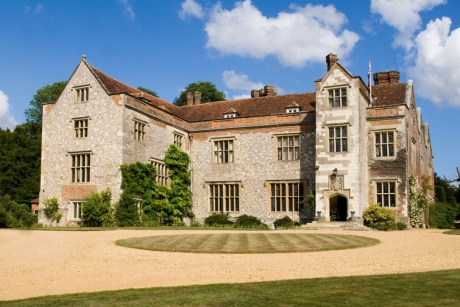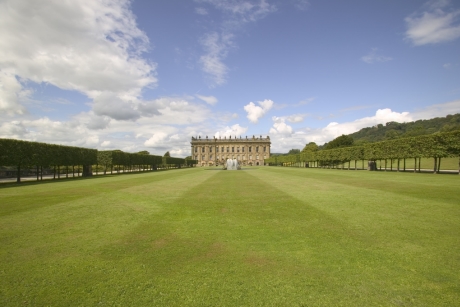
2017 will mark 200 years since the death of English author Jane Austen. Here are some school trip ideas linking to Literature to tie in with the anniversary.
Jane Austen is celebrated as one of England’s greatest novelists, and some her books, including Sense and Sensibility, Mansfield Park, Emma and Northanger Abbey, are recommended on the Literacy National Curriculum for Key Stage 3 and 4 students.
Teachers with Austen on their syllabus will find a number of locations across England that can support a school trip. Here are some attractions that lend themselves to learning about Austen’s history and writing.
Chawton House Library, Hampshire
Chawton House Library is a famous research and learning centre for the study of early women’s writing from 1600 to 1830. The library is based in the English manor house that once belonged to Jane Austen’s brother, Edward.

Pictured: Chawton House Library.
A number of learning opportunities are available here for school groups. Pupils will have a welcome talk upon arrival, followed by a house tour focusing on either Chawton House in the time of Edward Austen or the Chawton House Library portrait collection.
There will also be a visit to one of the Library Reading Rooms, and the class can see and read some of Jane Austen’s original pieces of work.
Jane Austen’s House Museum, Hampshire
Located near to Chawton is Jane Austen’s House Museum, a visitor centre and museum built inside the house where Austen lived and wrote some of her novels.
At Jane Austen's House, the class will see a PowerPoint presentation on the background of Jane Austen. This will be followed by a guided tour of the house and a workshop – these range in topic from fashion and manners to writing techniques.
Students will also get to handle objects that once belonged to Austen in the purpose built Learning Centre.
Winchester Cathedral, Hampshire
While in Hampshire, teachers could take their class to Winchester Cathedral to see the final resting place of Jane Austen. She was buried in the cathedral in 1817 at the age of 41, and her original memorial stone made no mention of her books.
Schools visiting today can read the brass plaque erected in 1872 to redress the omission in the north side aisle and explore an illustrated exhibition detailing Jane Austen’s life, work and death in Hampshire, which is displayed beside her grave.
Jane Austen Centre, Bath
Austen paid two long visits to Bath towards the end of the 18th century, and from 1801 to 1806 the city was her home. It also provided the backdrop to two of her novels, Northanger Abbey and Persuasion.
 M.jpg)
Pictured: The Jane Austen Centre. (Photo credit: visitbath.co.uk).
The Jane Austen Centre is home to a permanent exhibition situated in an original Georgian townhouse. It tells the story of Jane’s time in Bath, including the effect that living there had on her writing.
Schools visiting the centre will have an introductory talk from one of the centre guides in a classically decorated period room.
Following the talk the group will be shown to the exhibition rooms where they’ll learn about Austen and her life when she lived in Bath. The class will also have the chance to dress up in Regency clothing.
A walking tour of Bath
Teachers looking to explore Bath’s connections to Austen further with their class can download free audio tours from the Visit Bath website and take an independent walking tour of the city to find locations related to Austen.
Alternatively, guided tours linking directly to the novels Northanger Abbey or Persuasion can be organised through the Jane Austen Centre. Walking tours with a guide last one hour and a half.
Chatsworth, Derbyshire
It’s believed that Jane Austen based Mr Darcy’s fictional estate on Chatsworth in her original writing of Pride and Prejudice.

Pictured: Chatsworth House. (Photo credit: VisitBritain and Martin Brent).
This period property in the Peak District was also used as Pemberley in the film adaptation of Pride and Prejudice, so for students studying the novel it provides a real life visualisation of some of the descriptions in it.
The Sculpture Gallery, Painted Hall and exterior of the house were all used in the filming and visitors can still see a resin bust of Mr Darcy that was used in the film. Guided tours are available to school groups.










